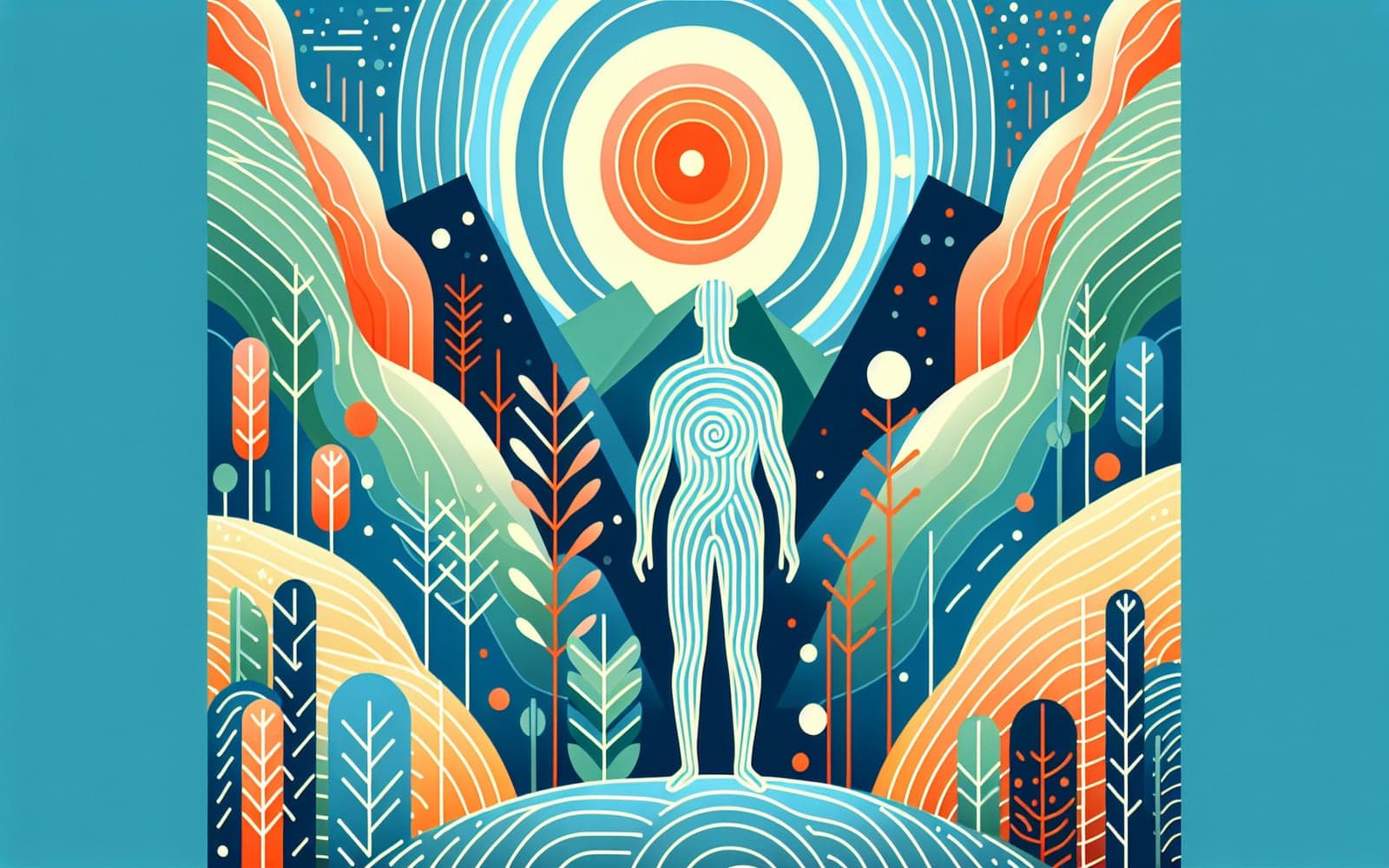Beyond the Bump: 7 Surprising Symptoms of Bunions You Might Be Ignoring
Published: Jan 05, 2024
While the visible bump on your big toe is the most obvious sign of a bunion, it's not the only symptom. Understanding these lesser-known signs can help you catch and treat bunions early.
Contents
Pain and Discomfort
Bunion pain isn't always limited to the bump itself. You might feel aching or soreness in the ball of your foot, especially after long periods of standing or walking. Some people experience a burning sensation or numbness. Pain can also extend to the arch of your foot or even your calf as your body tries to compensate for the bunion.
Changes in Toe Position
As a bunion progresses, your big toe may start to lean towards your other toes. In severe cases, it might even overlap the second toe. This shift can cause other toes to develop problems like hammertoes or claw toes. You might notice difficulty fitting into shoes that used to be comfortable.

Skin Changes
The skin around your bunion might undergo changes. You could develop calluses or corns where the bunion rubs against your shoes. The skin might become red, swollen, or shiny. In some cases, you might even develop blisters or sores in this area.
Frequently Asked Questions
Yes, they can affect your gait, potentially causing leg or back pain.
Not always, some people have painless bunions.
They can contribute to arthritis in the big toe joint.
Sometimes, as bunions can affect circulation.
Key Takeaways
Recognizing these less obvious bunion symptoms can help you seek treatment early, potentially avoiding more serious complications.
Experiencing any of these symptoms? Chat with Doctronic to determine if they might be related to bunions and explore your next steps.Related Articles
References
Nix SE, Vicenzino BT, Collins NJ, Smith MD. Gait parameters associated with hallux valgus: a systematic review. J Foot Ankle Res 2013; 6:9.
Galica AM, Hagedorn TJ, Dufour AB, et al. Hallux valgus and plantar pressure loading: the Framingham foot study. J Foot Ankle Res 2013; 6:42.
Always discuss health information with your healthcare provider.

